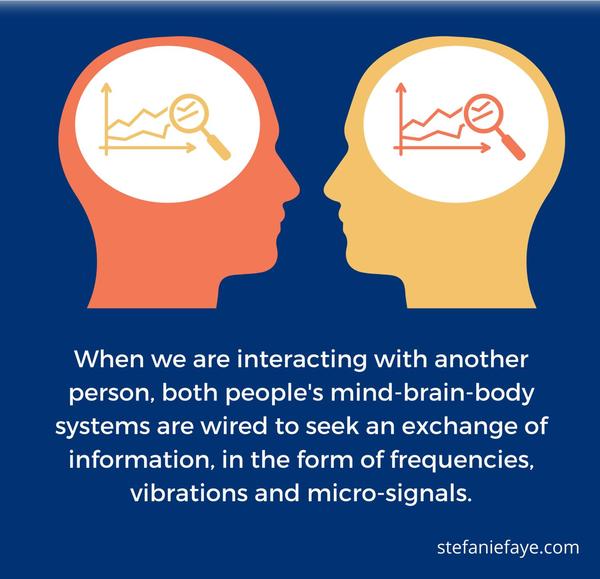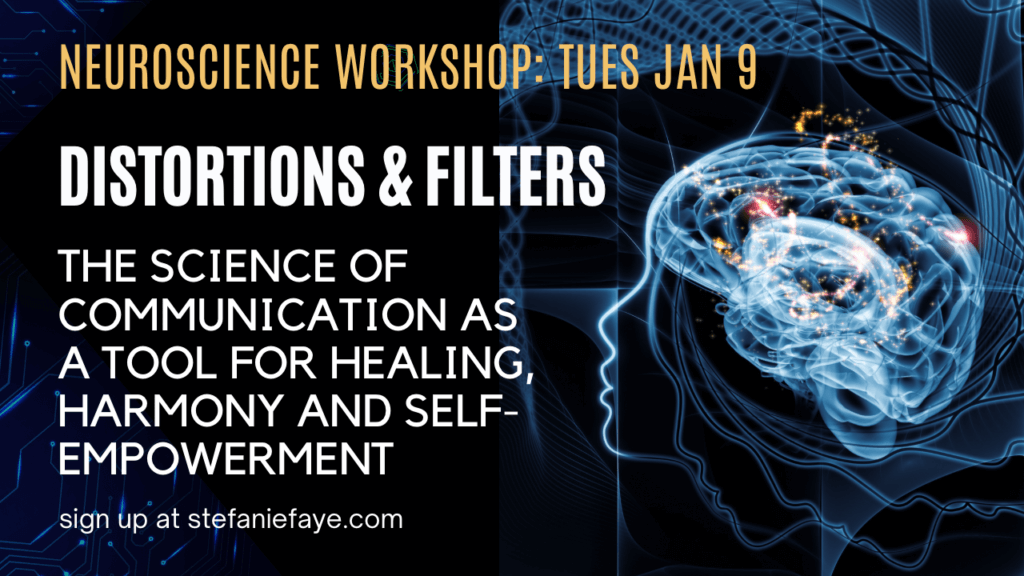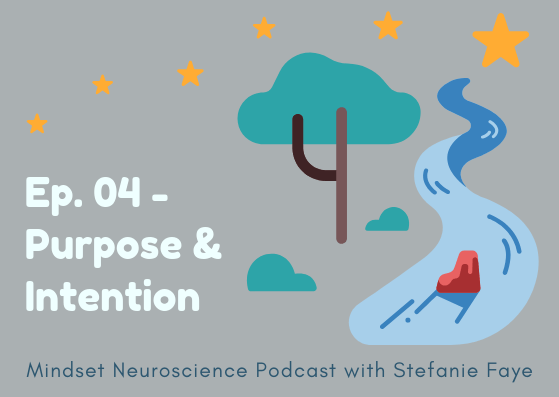Every mood, intention and internal state you experience transmits audible and visible signals to others - whether you aware of it or not.
|
Our first experiences in the world are pre-verbal, non-verbal, sensory and visceral. As we grow, we can get better at taking those non-verbal, sensory and visceral experiences and trying to convey them as words.. The better we get at that, the more we feel like we’re saying what we want to say.
What signals are you sending out - through your words and also through the frequencies and signals of your voice, face, body and hands that transcend those words? Watch this video (a bit older but still relevant!) to learn about these signals and why we need to understand our body (sometimes more than our brain) in order to get better at mastering our communication and understanding others. |
Why do some conversations have the power to heal relationships and deepen our understanding of each other while others seem to cause pain and heartache? Are we really saying what we want to say or are our words distorted by unconscious forces that lead us to protect, suppress or distort our feelings? Do others truly hear us, or are they also listening through their own filters and biases?
Subtle cues are happening in your conversations and relationships that you likely have no idea are happening. For example, there are 7 categories of nonverbal cues that impact every conversation, every word and utterance you are transmitting and receiving.
Most people are unaware of many of these categories, and that every tone of voice, expression and other little-known communication signals represent themes of power and dependency, respect, dominance, condescension, contempt, and desire.
There are also 3 overarching goals of communication that can help us understand what we REALLY want out of conversations and exchanges.
Becoming more aware of these specific types of nonverbal and verbal components of communication also helps you see beneath the defense mechanisms of others.
This awareness can help you detect how another person is distorting what you are saying so that you can find new ways to navigate interactions .
In the end, it’s about evolving our ability to feel deeply understood. And then extending that ability to understand others in ways that help create new possibilities for what our relationships and interactions are capable of.
In this workshop we will look at the mechanics of what goes into each communication we transmit and receive, and how we can get better at aligning these with our most desired outcomes.
This seminar will open your mind and heart, helping you become more authentic while grounding you in science and research supported tools.
Last couple days to register!
Tuesday January 9, 2024
7:30 PM Mountain time
$55 (if you’re unable to join live, you’ll get the recording, notes and handouts.)
Learn more and register here
#CommunicationInsights #NeuroScienceOfCommunication #BridgeTheGap
References:
Frewen, P. et al (2008). Clinical and Neural Correlates of Alexithymia in Postraumatic Stress Disorder, Journal of Abnormal Psychology, 117 (2008) 171-181
Liebenthal E. et al. (2016). The Language, Ton and Prosody of Emotions: Neural Substrates and Dynamics of Spoken-Word Emotion Perception, Frontiers in Neuroscience
Porges, S (1995) Orienting in a defensive world: Mammalian modifications of our evolutionary heritage. A Polyvagal Theory. Psychophysiology, 32 (1995), 301-21.
Porges (2001). The polyvagal theory: phylogenetic substrates of a social nervous system, International Journal of Psychophysiology, 42 (2001), 123-146






